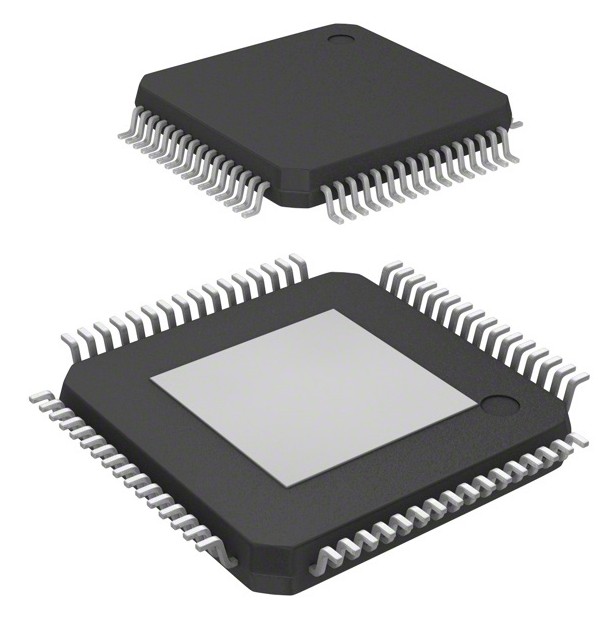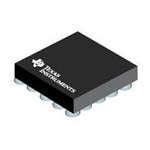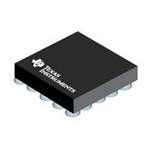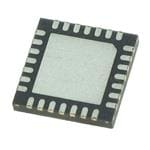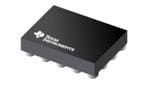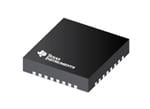
MC33771BSP1AE
| Manufacturer Part Number: MC33771BSP1AE | Manufacturer / Brand: NXP Semiconductors |
| Part of Description: SoC FPGA MC33771BSP1AE | Lead Free Status / RoHS Status:  Lead free / RoHS Compliant Lead free / RoHS Compliant |
| Ship From: HK/Shen Zhen | Shipment Way: DHL/Fedex/TNT/UPS |
| Datasheets: |
Product parameters
| Manufacturer | NXP USA Inc |
| RoHS | Details |
| Package | Tray |
| Package / Case | QFP-64 |
| Mounting Style | SMD/SMT |
| Series | MC33771B |
| Brand | NXP Semiconductors |
| Maximum Operating Temperature | -40 C |
| Minimum Operating Temperature | +105 C |
| Operating Supply Voltage | 9.6 V to 61.6 V |
| Factory Pack Quantity | 160 |
| Supply Voltage – Max | 5.5 V |
| Supply Voltage – Min | 2.7 V |
| Unit Weight | 0.012828 oz |
Get in touch with us now
What is MC33771BSP1AE?
Being a battery cell controller IC designed for automotive applications, is primarily used in Battery Management Systems (BMS) for electric and hybrid vehicles.
The MC33771BSP1AE is employed in the BMS of electric vehicles to monitor and manage the health and performance of individual battery cells, ensuring safe and efficient operation.
In hybrid vehicles, the IC plays a crucial role in overseeing and optimizing the performance of both the internal combustion engine and the electric propulsion system.
PHEVs, which can operate on both electric power and an internal combustion engine, utilize the MC33771BSP1AE to manage the battery system during electric-only driving and hybrid operation.
MC33771BSP1AE Applications:
Battery Cell Monitoring:The ability to monitor individual battery cell voltages for accurate state-of-charge (SOC) and state-of-health (SOH) calculations.
Temperature Monitoring:Temperature sensing capabilities to ensure that the battery operates within safe temperature limits.
Overvoltage and Undervoltage Protection:Protection mechanisms to prevent overcharging (overvoltage) and excessive discharge (undervoltage) of battery cells.
Balancing and Equalization:Balancing circuits to equalize the charge across individual cells, ensuring uniform cell voltages within the battery pack.
Communication Interfaces:Support for communication interfaces such as Controller Area Network (CAN) for communication with other components in the vehicle’s network.
Fault Detection and Reporting:Detection of faults or abnormal conditions in the battery system and reporting of such events for diagnostic purposes.
Current Sensing:Current sensing features for accurate measurement of the battery current, essential for calculating state-of-charge and managing power distribution.
Safety Features:Integrated safety features and diagnostics to enhance the overall safety and reliability of the battery system.
Automotive-Grade Reliability:Designed to meet automotive-grade standards for reliability, durability, and performance.
Application in Electric and Hybrid Vehicles:Specifically designed for use in electric vehicles (EVs) and hybrid electric vehicles (HEVs) as part of the battery management system.



